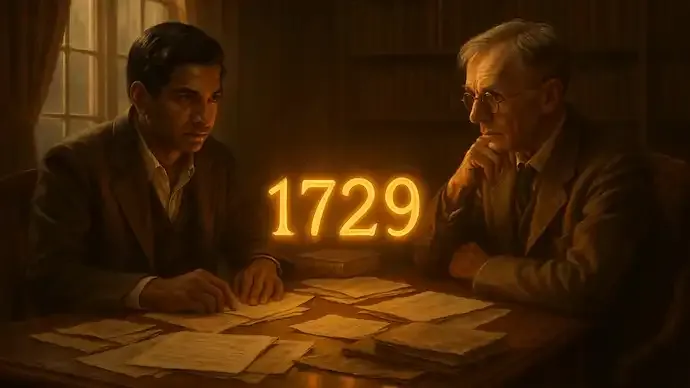Shopping cart
Your cart empty!
Terms of use dolor sit amet consectetur, adipisicing elit. Recusandae provident ullam aperiam quo ad non corrupti sit vel quam repellat ipsa quod sed, repellendus adipisci, ducimus ea modi odio assumenda.
Lorem ipsum dolor sit amet consectetur adipisicing elit. Sequi, cum esse possimus officiis amet ea voluptatibus libero! Dolorum assumenda esse, deserunt ipsum ad iusto! Praesentium error nobis tenetur at, quis nostrum facere excepturi architecto totam.
Lorem ipsum dolor sit amet consectetur adipisicing elit. Inventore, soluta alias eaque modi ipsum sint iusto fugiat vero velit rerum.
Sequi, cum esse possimus officiis amet ea voluptatibus libero! Dolorum assumenda esse, deserunt ipsum ad iusto! Praesentium error nobis tenetur at, quis nostrum facere excepturi architecto totam.
Lorem ipsum dolor sit amet consectetur adipisicing elit. Inventore, soluta alias eaque modi ipsum sint iusto fugiat vero velit rerum.
Dolor sit amet consectetur adipisicing elit. Sequi, cum esse possimus officiis amet ea voluptatibus libero! Dolorum assumenda esse, deserunt ipsum ad iusto! Praesentium error nobis tenetur at, quis nostrum facere excepturi architecto totam.
Lorem ipsum dolor sit amet consectetur adipisicing elit. Inventore, soluta alias eaque modi ipsum sint iusto fugiat vero velit rerum.
Sit amet consectetur adipisicing elit. Sequi, cum esse possimus officiis amet ea voluptatibus libero! Dolorum assumenda esse, deserunt ipsum ad iusto! Praesentium error nobis tenetur at, quis nostrum facere excepturi architecto totam.
Lorem ipsum dolor sit amet consectetur adipisicing elit. Inventore, soluta alias eaque modi ipsum sint iusto fugiat vero velit rerum.
Do you agree to our terms? Sign up

In 1919, British mathematician G.H. Hardy visited his ailing friend, Srinivasa Ramanujan, at a hospital in Putney, London. As Hardy later recalled, he arrived in a taxi numbered 1729 and commented that it seemed a dull number. Ramanujan, however, looked up from his bed and replied, “No, Hardy, it is a very interesting number. It is the smallest number expressible as the sum of two positive cubes in two different ways.”
That single remark transformed 1729 from an ordinary vehicle number into one of the most iconic figures in mathematical history—the Hardy–Ramanujan number.
Ramanujan’s observation revealed that:
1729 = 1³ + 12³ = 9³ + 10³
No smaller positive integer can be expressed this way. This unique property makes 1729 the first in a special class of numbers now known as taxicab numbers—numbers that can be written as the sum of two cubes in more than one distinct way. The term itself comes from this very hospital anecdote.
Though the property had been discovered centuries earlier by French mathematician Bernard Frénicle de Bessy, it was Ramanujan’s quick recognition that made it famous and unforgettable.
The story of 1729 also symbolizes one of the most remarkable friendships in mathematics. Hardy, a rational and methodical scholar, had been astonished by the extraordinary ideas in the letters Ramanujan sent from India in 1913. When Ramanujan joined him at Cambridge the following year, their collaboration bridged two worlds—rigorous Western formalism and intuitive Indian genius.
Ramanujan’s insights into number theory, infinite series, and partitions reshaped modern mathematics. To Hardy, his friend’s ability to “see” patterns hidden deep within numbers seemed almost divine.
Numbers like 1729 are not mere mathematical novelties—they open gateways to complex branches of mathematics such as Diophantine equations, elliptic curves, and algebraic geometry. In modern theoretical physics, patterns similar to those in taxicab numbers even appear in string theory.
The story demonstrates how mathematical beauty lies in perception. Ramanujan’s insight reminds us that the simplest figures may hold the most profound truths—if only one looks closely enough.
Over the decades, 1729 has transcended mathematics to appear in literature, films, and even the animated series Futurama, where it’s referenced as a tribute to Ramanujan. It stands as a cultural symbol of insight, discovery, and friendship.
What began as a casual conversation in a hospital room became a parable of intellectual curiosity—a reminder that genius often lies in how one observes the ordinary.
For Ramanujan, every number was a companion. And among them, 1729 became his most famous friend—a symbol of his vision, humility, and boundless intuition. Today, that simple taxi number continues to inspire mathematicians, scientists, and dreamers across the world to look for hidden wonders in the most unexpected places.
In the end, 1729 reminds us that mathematics is not only about answers—it’s about noticing patterns, asking questions, and seeing magic where others see none.
21
Published: Oct 29, 2025